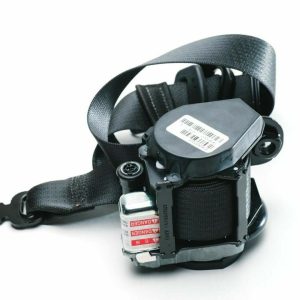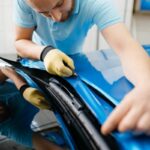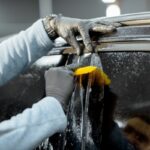The use of seatbelts in cars has undoubtedly saved thousands of lives since it became law that they are used in all cars.
You may have wondered once or twice how this small piece of woven fabric works, and how it can save your life in a big car accident.
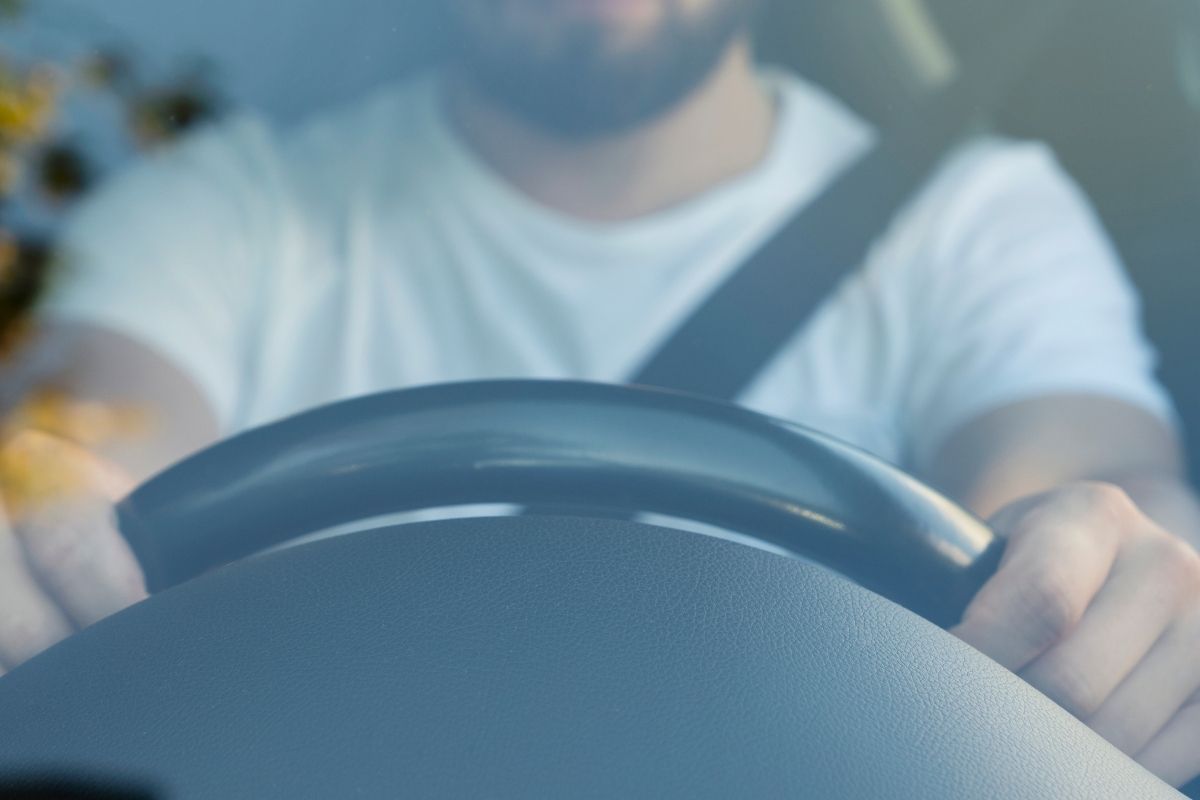
In this article, we will cover everything that you need to know about seatbelts and how they work.
How Strong Are Seat Belts?
Along with the mechanics that are used to spool out the belt and change its tension, the material that is used in seat belts is an impressive example of engineering in and of itself.
Webbing is the material that makes up the real belt, and its tensile strength is purposefully engineered to be exceedingly strong. This was done to prevent the belt from breaking.
When you brake suddenly, your seatbelt can withstand between 3,000 and 6,000 pounds of force, which is more than enough to stop you from flying through the front window.
Ever since the vehicle industry began adopting them in the 1950s, they have been successful in preventing a considerable number of deaths every year, and they continue to be successful in doing so to this very day.
What Are Seat Belts Made From?
Webbing for the first seat belts was originally woven on shuttle looms, which were limited to weaving around 200 picks every minute.
Since 1975, the majority of webbing has been woven using needle looms, which are capable of producing one thousand picks each minute. The most advanced looms are capable of weaving up to three thousand picks a minute.
These days, the material used to weave seat belts almost always consists entirely of polyester. In the past, nylon was the material that had the most popularity. However, nylon is less durable than polyester and it stretches more as well.
Because even little abrasions and damage to the belt can significantly lower its tensile strength, this distinction is of critical importance. Additionally, seat belts include run-proof selvages that have been particularly created.
These selvages are strengthened with strong threads, yet the belts still retain their flexibility.
It has also been shown via research that yarns with lower energization levels produce seatbelts with greater durability. This is because the threads can pack together more tightly.
Webbing for seat belts typically consists of approximately 300 warp threads across a 46 mm belt, which translates to nearly 150 ends across an inch.
Seat belts are often woven using a version of the herringbone twill pattern with 8 shafts or a satin weave.
Can A Seatbelt Cause Injuries?
While being restricted by a seat belt can result in a variety of ailments, rib contusions and fractures are two of the most dangerous types of injuries that can occur.
It is conceivable that the pressure applied by your seat belt during a crash is severe enough to break or bruise some of your ribs, which might put you in a significant amount for several weeks or even months.
The majority of sternal injuries are the result of some form of trauma or force applied to the chest. When someone is injured as a result of being restrained in an automobile collision by a seat belt, the force of the impact is often what leads to the injury.
Accidents that take place on roadways have the potential to produce sternal fractures; however, falls from substantial heights are also a typical cause.
However, the advantages of wearing a seat belt significantly outweigh these dangers, especially if you are a victim of a nasty car wreck.
Without a seat belt to keep you in place, the force of a car crash can propel you through the windshield, which in many cases is enough to cause a fatality.
Do I Have To Replace My Seat Belts?
Seat belts have a finite lifespan and are prone to fraying and even complete disintegration once a certain amount of time has passed.
If your car is subjected to a sudden or jarring movement (such as a crash), the inertial mechanism to keep the seat belt in its proper position can break down.
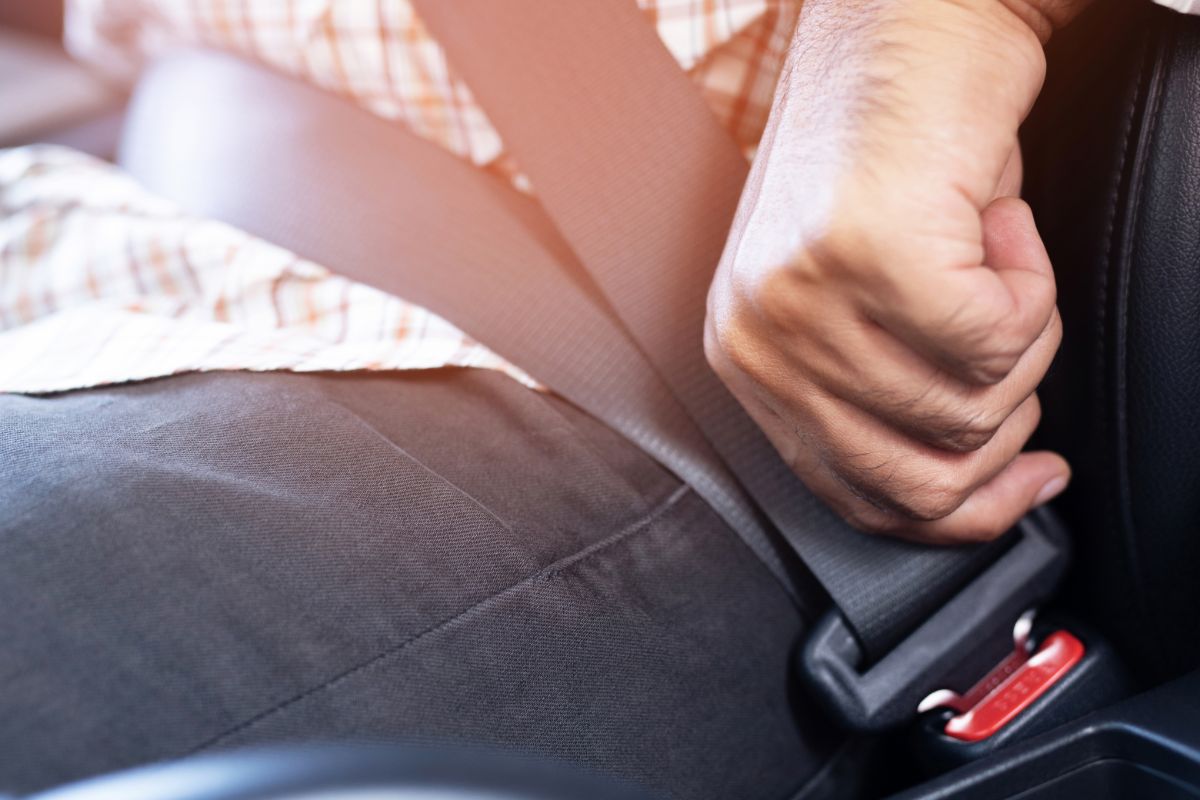
If this is the case, you need to replace the belt as soon as possible since it is risky to drive a vehicle that does not have an adequate number of seat belts installed at all times.
Important pieces of safety gear such as seat belts are only designed to function property just once, which is when you experience a car accident.
Because of this, it is necessary to replace or repair any seat belts that were worn during the accident ones that ended up being damaged in the incident.
After a collision, the forces of deceleration that are delivered are designed to be absorbed by the webbing, which is manufactured in such a way that it may stretch without breaking.
It is essential to replace or repair the seat belt’s whole assembly to avoid it the next time something like this happens.
Obviously you cannot drive without seatbelts and replacing your seat belt assembly can be a bit pricey. That is why we recommended using Safety Restore to repair you seat belt.
Safety Restore has a very quick turnover time of just 24 hours, so you can be back on the road in no time.
And if you really want to, you can take this as an opportunity to even change the color of your seat belts so that you can brighten up your car’s interior at the same time.
How Effective Are Seat Belts
Seat belts reduce the risk of severe injury by fifty percent and the risk of fatal injury by forty-five percent when they are worn by drivers and front-seat passengers respectively.
Seat belts are designed to hold people in place in the event of a collision, preventing both the driver and any passengers from being ejected from their seats.
Passengers who are not wearing seat belts have a thirty times greater chance of being ejected from the vehicle in the case of an accident than those who are wearing their seat belts.
Summary
Wearing a seatbelt is essential to your safety when you are in a car. They have been designed to withstand up to 3000 pounds of force, which is vital to keeping you in place during a car accident.
Though they could potentially cause you injury during a crash as well, they will more than likely be what saves your life.



